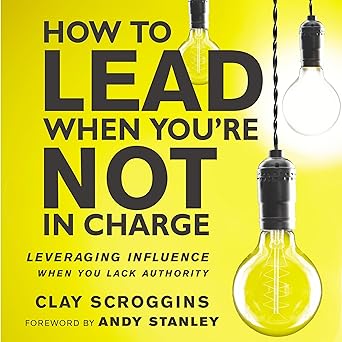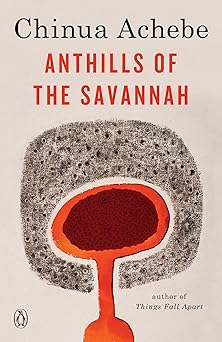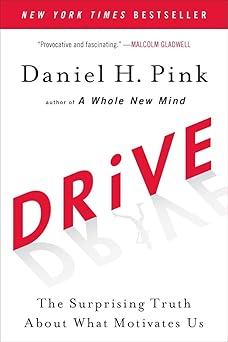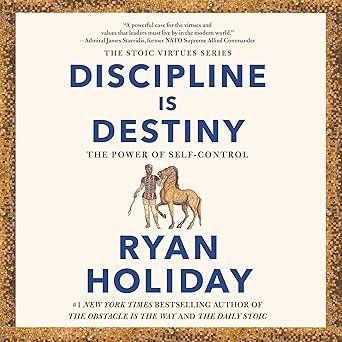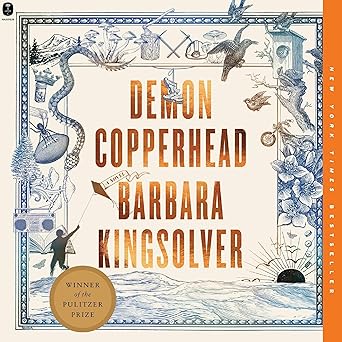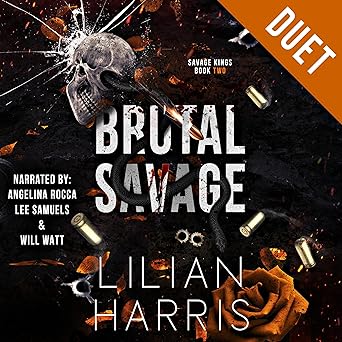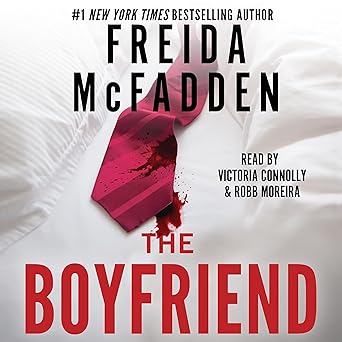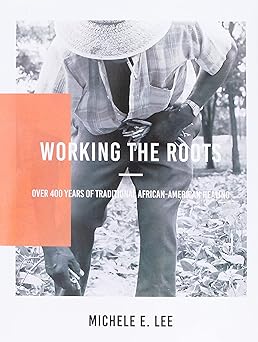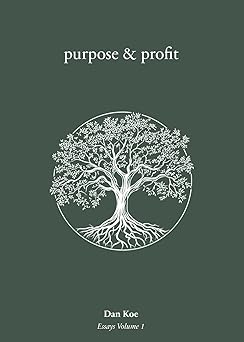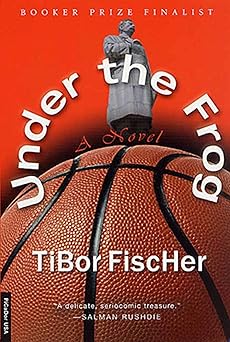
It’s a story about two young men, Patek and Gyuri, growing up in Hungary during a really difficult time. Imagine a country trying to rebuild after a big war, but also struggling with new rules and a lot of uncertainty. That’s the world these two boys are navigating. They both love basketball, and that becomes a central part of their lives, a bit of joy and escape amidst the hardship. They're not looking for grand adventures or trying to change the world; they're just trying to survive, to find a warm place to sleep, enough to eat, and maybe a friendly face. Their journey takes them across the entire country, showing us small towns and big cities, farms and factories. It's amazing how much they experience – moments of kindness and generosity from strangers, and also moments of fear and loss. I remember once, helping at a local shelter, and seeing how even small acts of compassion can make a huge difference in someone’s day. These boys, in their own way, are searching for that same thing - a connection, a moment of comfort in a world that often feels cold and isolating. The book doesn’t shy away from showing the difficulties of that era; it feels very real and paints a picture of a nation grappling with huge changes. It's not a story full of explosions or big battles, but it's powerful because it focuses on the everyday struggles of ordinary people trying to find their way. They are driven by simple desires - food, shelter, and friendship - and their quest to fulfill those desires becomes a journey of self-discovery, resilience, and ultimately, a testament to the human spirit's ability to find joy even in the darkest of times. This search for simple things shines a light on how precious those basic necessities really are and how easily they can be taken away. It’s a reminder that even in the face of overwhelming odds, hope can be found in the smallest of things. They don’t have a plan, they just move forward, relying on their wits and each other to get by.
The story isn’t just about the boys’ physical journey; it’s also about what they witness and learn along the way. Hungary is going through a lot of change during this period, and they see the effects of those changes firsthand. They encounter people from all walks of life, and they start to understand the complexities of their country’s political situation, even if they don't fully grasp all the details. It’s a time of great unrest, and the shadow of what's to come – the anti-Soviet uprising – looms large. This looming event adds a layer of tension to their journey, a sense that things are about to change dramatically. They are young, and they are just trying to live their lives, but they are caught in a situation much bigger than themselves. The author does a fantastic job of showing how these events affect ordinary people, how they impact families and communities. It's a story that stays with you long after you finish reading, prompting you to think about the importance of freedom and the courage it takes to stand up for what you believe in, even when it’s difficult.
Ultimately, this is a story about hope and the enduring power of the human connection. Even though they face many challenges, Patek and Gyuri never lose their sense of humor or their ability to find joy in the simple things. Their friendship is a constant source of strength for them, and it’s a reminder that we’re all connected, even when we’re struggling. It's a beautiful and moving story that will stay with you.
It’s easy to forget, sometimes, what it means to truly just be. To exist without a clear path, without a guaranteed meal, without the certainty of a safe place to sleep. This story brought me right back to that feeling, not from personal experience, but from hearing the stories of my grandmother’s generation. They lived through times of immense difficulty, and their ability to find joy and connection amidst that hardship was truly remarkable. This is what this story captures so beautifully. It's about two young men finding their way through a country struggling to rebuild. Their lives aren’t extraordinary; they aren’t heroes fighting a grand battle. They are just boys, trying to survive, relying on their wits and each other. The simple act of playing basketball becomes a lifeline, a moment of escape and camaraderie. There's a quiet strength in their resilience, a determination to find warmth and kindness even when the world feels cold. It's a reminder that even when everything seems uncertain, the human spirit can find a way to persevere, to laugh, and to connect. The story doesn’t shy away from the difficult realities of their situation—the hunger, the fear, the constant uncertainty—but it also highlights the small acts of generosity that sustain them. Seeing strangers offer a warm meal or a helping hand is a testament to the goodness that exists even in the darkest of times. It's a story that reminds us to appreciate the simple things we often take for granted: a full stomach, a safe place to sleep, a friend to share a laugh with.
The journey these young men take isn’t just about crossing miles; it's a journey through a nation in transition. It’s fascinating to see how they witness firsthand the political and social changes sweeping across their country. They don't have a deep understanding of all the complex issues, but they see how these changes affect the people around them—their families, their neighbors, their communities. The author does an incredible job of showing the ripple effect of these events, how they impact the lives of ordinary people. The looming threat of unrest adds a layer of tension to the story, a sense that everything is about to change. It's a poignant reminder of how young people can be swept up in events beyond their control, forced to navigate a world much larger and more complicated than they understand. Through their experiences, we gain a glimpse into the struggles and anxieties of a nation grappling with its future. This exploration of a nation’s turmoil, experienced through the eyes of these two boys, is deeply moving.
What resonated with me most was the unwavering friendship between Patek and Gyuri. It's a bond forged in hardship, a source of strength and comfort in a world full of uncertainty. They face challenges together, they laugh together, and they offer each other unwavering support. Their friendship is a powerful reminder of the importance of human connection, of the comfort and strength we find in sharing our lives with others. It’s a testament to the enduring power of friendship to sustain us through even the most difficult times. The story leaves you with a sense of hope, a belief in the resilience of the human spirit, and a deep appreciation for the simple joys of life. It’s a story that will stay with you long after you turn the final page.
Rating: 5.0 / 5.0
It’s a story about two young men trying to find their way through a country facing many changes. They aren’t looking for grand adventures or trying to do anything special; they are just trying to survive and find a place where they feel safe. It’s easy to feel lost when the world around you is uncertain, and these two boys understand that feeling well. Seeing them play basketball shows us a little bit of joy during difficult times. It’s amazing how much they experience - some people are kind and helpful, but they also face moments of fear and sadness. What touched me most was their friendship; they rely on each other to get through each day. It’s a reminder of how important it is to have someone to lean on, especially when things are tough. It’s not a complicated story about big events or important people, but it's powerful because it shows us the everyday struggles of ordinary people. It’s a story that makes you think about how lucky we are and how precious simple things like friendship and a helping hand really are.
